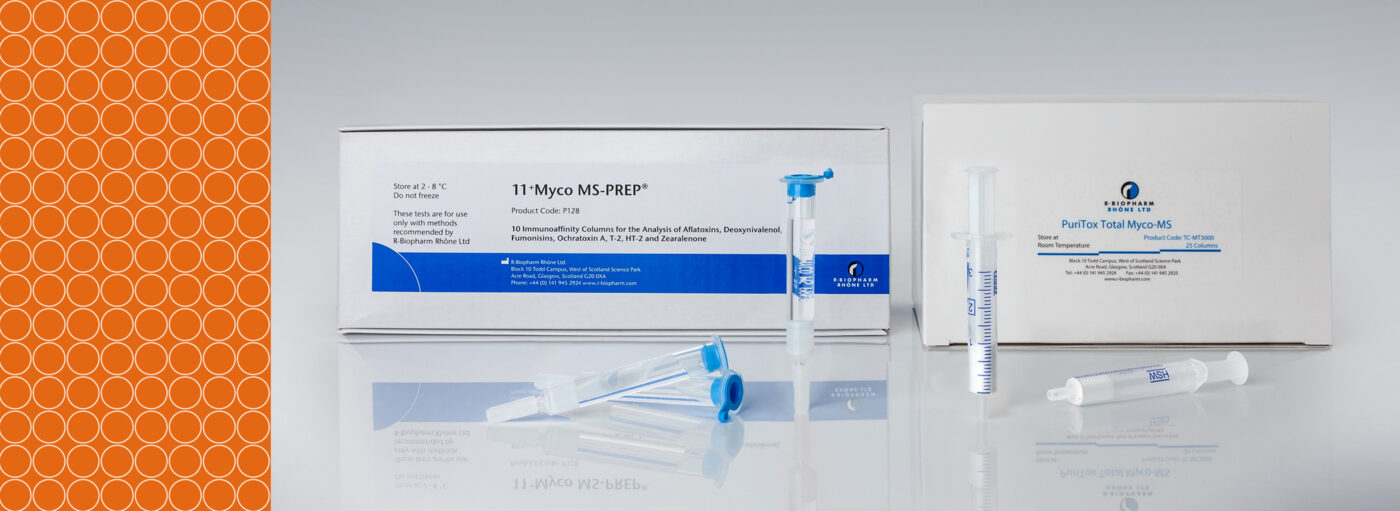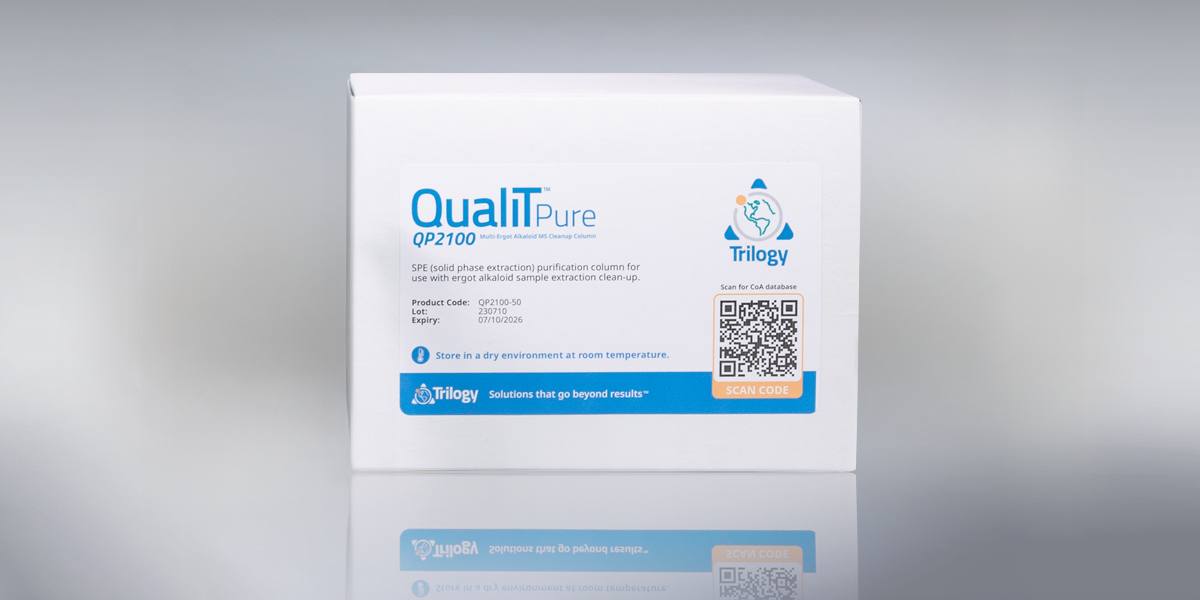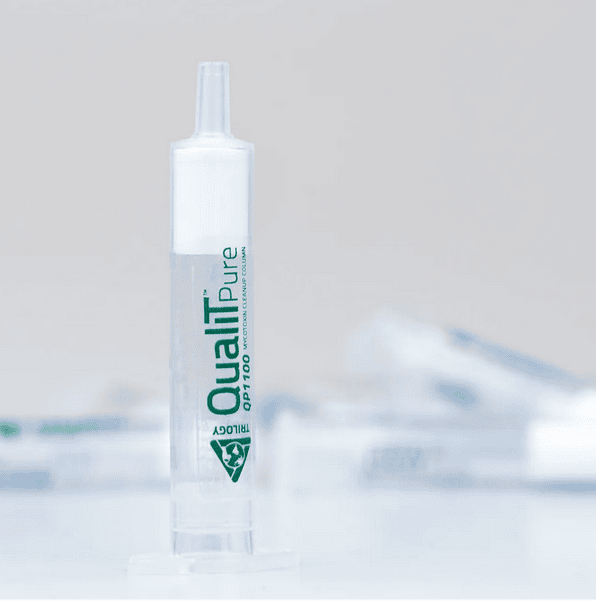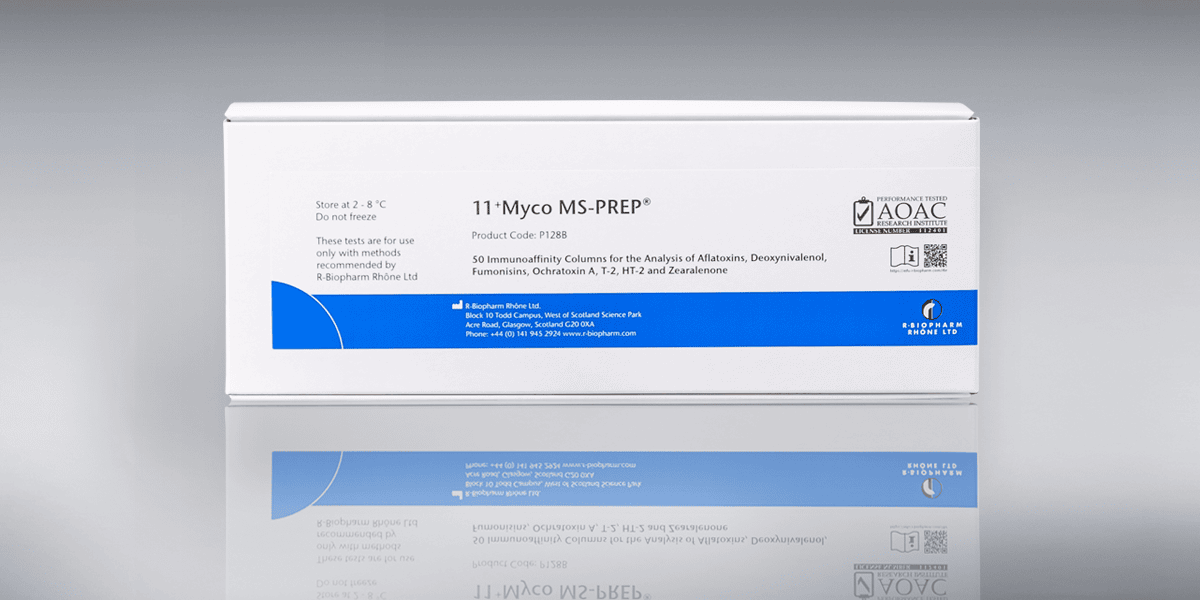
Recent news in Food & Feed Analysis
- Home
- /
- Unmasking hidden threats: Current...
Unmasking hidden threats: Current trends in mycotoxin analysis in food and feed

Mycotoxins are naturally occurring toxic compounds produced by moulds that can contaminate a wide range of agricultural products, including cereals, nuts and animal feeds. These invisible threats pose a significant risk to both human and animal health, making accurate mycotoxin analysis in food and feed a critical component of food safety and quality assurance. In recent years, advances in technology and a growing awareness of mycotoxin-related issues have led to several notable trends in mycotoxin analysis.
Analytical instrumentation has evolved significantly, enabling more precise and sensitive mycotoxin detection. Liquid chromatography-mass spectrometry (LC-MS/MS), gas chromatography-mass spectrometry (GC-MS) and enzyme-linked immunosorbent assays (ELISAs) have become commonplace in mycotoxin analysis laboratories. These techniques offer improved specificity and lower detection limits, allowing for accurate quantification of mycotoxins even at trace levels.
Mycotoxin contamination rarely involves a single toxin; it often includes multiple mycotoxins simultaneously. Multiplex assays have gained popularity as they enable the detection of multiple mycotoxins in a single analysis. This not only saves time and resources but also provides a more comprehensive understanding of the contamination profile in any given sample.
In addition to established methods, emerging technologies like biosensors and nanotechnology are making their mark in mycotoxin analysis. Biosensors offer real-time detection and portability, making them suitable for on-site testing. Nanotechnology-based approaches enhance sensitivity and specificity, further improving the reliability of mycotoxin analysis.
In response to current trends, R-Biopharm Rhône developed an immunoaffinity column which allows detection of 11 or more mycotoxins using a single extraction method. The sample is extracted with solvent, which is diluted before applying to the column which removes any residue of sample matrix prior to injection onto the LC-MS/MS system. The composition of the extraction solution and concentration of solvent applied to the immunoaffinity column has been optimized to ensure suitable recoveries are obtained for both hydrophilic analytes such as DON and for lipophilic analytes such as ZON.
Additionally, we provide automated solutions for mycotoxin analysis. The CHRONECT Symbiosis RIDA®CREST automated system is used in combination with a reusable IMMUNOPREP® ONLINE immunoaffinity cartridge which essentially allows your laboratory to increase throughput of samples, save time, improve efficiency and optimise analytical performance. Similar to an immunoaffinity column, the system is highly selective and removes any interfering components adding confidence in your results.
In conclusion, mycotoxin analysis in food and feed is evolving to meet the demands of a changing world. High throughput screening, advanced analytical instruments, multiplex assays, emerging technologies, regulatory changes, data management and education are all contributing to improved mycotoxin detection and management. As we continue to learn more about mycotoxins and their impact, ongoing research and innovation in mycotoxin analysis will be crucial to safeguarding food and feed supplies and protecting public health.



